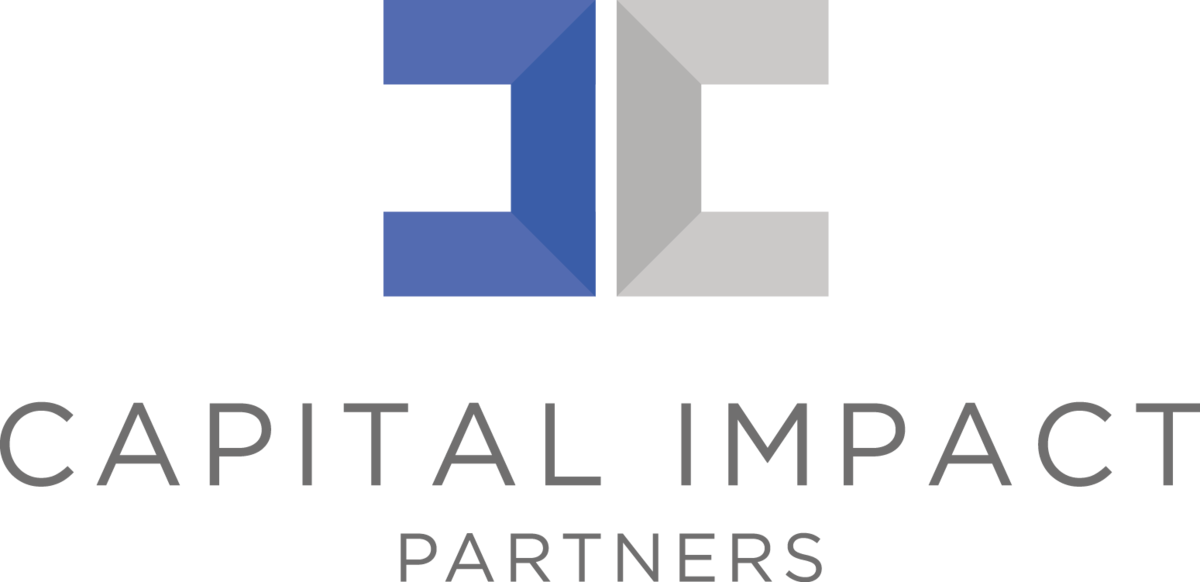Americans with Disabilities Act (ADA) and Universal Design Principles
Ensuring accessibility is part of all the design stages. Accessibility, as defined by ADA laws and universal design, addresses mobility, vision, and hearing, learning and sensory needs, and more. Good design and architectural features make a facility more accessible for all — from a staff person temporarily on crutches to a student with a permanent disability.
Make sure the architect and GC you select are knowledgeable about accessibility as it relates to building design. In particular, seek an architect with knowledge of universal design — the process of creating environments usable by people with the widest possible range of abilities and operating within the widest possible range of situations.
Beyond ADA requirements, be sure your design team is following local jurisdiction requirements, such as gender-neutral requirements. For more information, visit www.universaldesign.ie and www.ada.gov.
Seven Principles of Universal Design
- Equitable Use
- Flexibility in Use
- Simple and Intuitive Use
- Perceptible Information
- Tolerance for Error
- Low Physical Effort
- Size and Space for Approach and Use
Sustainability
Green schools positively impact health, save energy, and conserve resources over time, creating high-performing charter school facilities. Commonly used sustainability design strategies include maximizing daylighting, indoor air quality, environmentally safe materials, energy efficiency, alternate energy sources, water efficiency, and waste management. Most of these strategies can be considered for both large- and small-scale projects.
For example, in Washington, D.C., schools participating in a solar incentive program receive solar installations at no cost, get free electricity, and earn extra revenue by joining the program. Other cities mandate that public building structures meet certain sustainable criteria or achieve specific certification, such as Leadership in Energy and Environmental Design (LEED) certification. Many states offer incentive programs for LEED-certified projects or projects that incorporate sustainable design strategies. For more information, visit www.usgbc.org/leed. Consult with a sustainable design professional to help your school go “green.”
Legal Disclaimer:
Nothing in this material should be construed as investment, financial, brokerage, or legal advice. Moreover, the facts and circumstances relating to your particular project may result in material changes in the processes, outcomes, and expenses described herein. Consult with your own professional advisors, including your financial advisors, accountants, and attorneys, before attempting to consummate any transaction described in this material.
